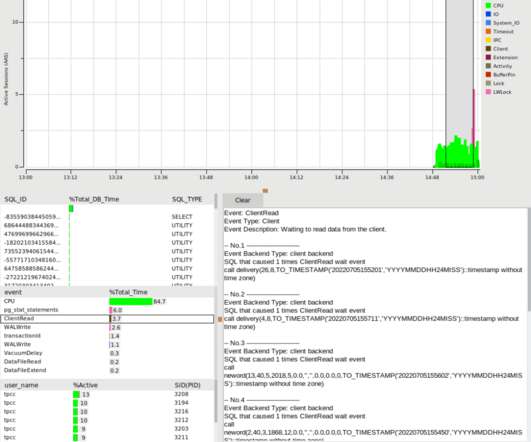Supercomputing Predictions: Custom CPUs, CXL3.0, and Petalith Architectures
Adrian Cockcroft
JANUARY 20, 2023
on Myths and Legends of High Performance Computing — it’s a somewhat light-hearted look at some of the same issues by the leader of the team that built the Fugaku system I mention below. The emergence of chiplet technology also allows higher performance and integration without having to design every chip from scratch.












Let's personalize your content